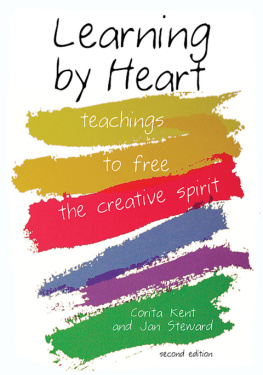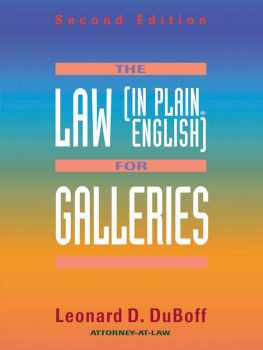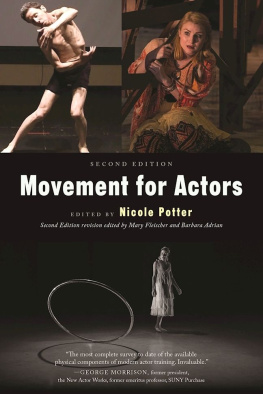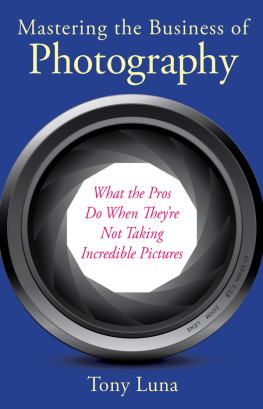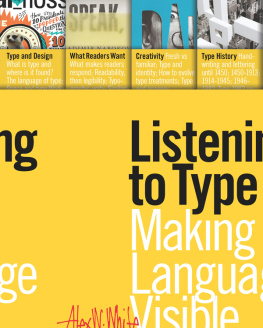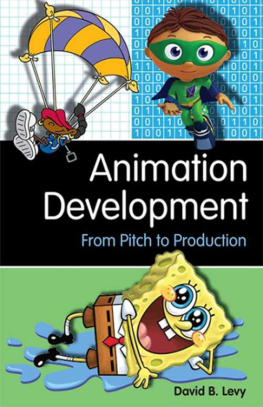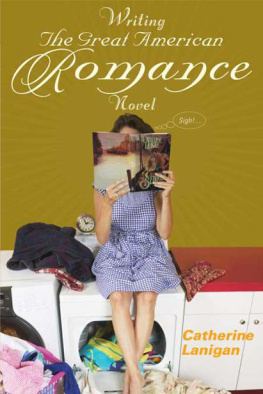
2008 Corita Kent and Jan Steward
All rights reserved. Copyright under Berne Copyright Convention, Universal Copyright Convention, and Pan-American Copyright Convention. No part of this book may be reproduced, stored in a retrieval system, or transmitted in any form, or by any means, electronic, mechanical, photocopying, recording, or otherwise, without prior permission of the publisher.
12 11 10 09 08 5 4 3 2 1
Published by Allworth Press.
An imprnt of Allworth Communications, Inc.
10 East 23rd Street, New York, NY 10010
Cover design by Jan Steward, typography by Paula Rao
Interior design and page composition by Jan Steward
Interior typography by Unicorn Publishing Services
LIBRARY OF CONGRESS CATALOGING-IN-PUBLICATION DATA
Corita, 19181986.
[Learning by heart]
Learning by heart: teachings to free the creative spirit / by Corita Kent and Jan Steward.
p. cm.
Originally published: New York : Bantam Books, 1992.
Includes bibliographical references and index.
ISBN-13: 978-1-58115-647-8 (alk. paper)
ISBN-10: 1-58115-647-2 (alk. paper)
1. Creation (Literary, artistic, etc.) 2. Creative ability. 3. ArtPsychology. I. Steward, Jan. II. Title.
N71.C664 2008
701.15dc22
2008034419
Printed in the United States of America
Learning by Heart:
Teachings to Free the Creative Spirit
I think on some mystical level that Jan Steward and Corita Kent were joined at the hip in the creation of Learning by Heart . The mystery of life is apparent in the creative expression of their work together. This book presents unique ways of seeing and manifests the power of creativity in very real and doable ways. It becomes both an inspiration and a road map for human development. We have entered a time on this earth where the quality of our creative ability may be the deciding factor between the extinction or survival of our human species.
Bob Bates, Artistic Director and Co-founder of Inner-City Arts
Through Learning by Heart a great teacher lives and speaks with us. This is a book to grow on, a book that can make us better designers, better communicators, and better human beings.
Ashoke Chatterjee, Former Executive Director, National Institute of Design, India
In this graceful book Jan Steward conjures the inimitable spirit of Corita Kent and Coritas high-flying and break-dancing ideas.
Harvey Cox, Thomas Professor of Divinity, Harvard University
CONTENTS
There was never a time when I did not exist,
nor you, nor any of these kings. Nor is there
any future in which we shall cease to be .
Bhagavad Gita

For Corita Kent and Ray Eames
And for my mother, Paula England
FOREWORD

It was in 1979 on a trip to Little Tokyo in Los Angeles when Corita asked me to write this book. We would work together. It would be quick and easy. It was neither. She lived in Boston and I in Los Angeles. We worked by letter and phone and progress was painfully slow. We worked for hours on content and every few meetings the concept would changesometimes radically.
As the years passed, Corita and I argued, laughed, and hoped for enlightenment. I continued to plod through many versions of our book. Sometimes we thought it would be named How to Walk on Water or The Star in the Celery. It was like trying to count and stack a forest stream in order to explain its singing. Finally, with the help of Andrew Zega and Toni Burbank at Bantam, a draft was finished. We looked forward to working together on polishing the text and, most of all, on the visual aspects. Corita had said the book must be only black and white to make it less expensive. She also was adamant that I not use her work as illustration. It had been a law in her classes that we must not use as sources the work of other artists. The exception to this law was anonymous folk art, which was the choice for source. When I worried that the book wasnt right, she laughed at me and said it wasnt the Bible or Gone With the Wind . Its what I want, she would say firmly.
In early 1986, we planned to soon finish at least the concept. I would go to Boston in the summer and she would come to L.A. in the fall and winter. But in the spring she became ill and in September she died.
The book was published in 1992, six years after her death, and has not been available for many years except in second hand marketing. Prices range from $45 to $250 for this little paperback that cost $12.95 when it was published. There are no changes but a few additions.
Given the renewed and growing interest in Corita, following the forward to this edition is a brief biography of the artist written for this book by her former art student, Barbara Loste. At the end of the book is a chart for teachers showing assignments that would apply to specific National Frameworks and Standards for Visual Arts and a statement by educator and administrator Susan Friel. Though it was not the intention to write the book for teachers specifically, the response has been so great in many areas of teachingnot just artthat we decided to add this material.
2007 has seen a tremendous rise in interest for Corita and her work. A new publication, Come Alive! The Spirited Art of Sister Corita , brings us brilliant visuals and essays by author Julie Ault and Fr. Dan Berrigan, Coritas dear friend. A superb film by Baylis Glascock, Corita, On Teaching and Celebration , shows her in the classroom, the Marys Day experience, her art, and includes various interviews. Both are available through the Corita Art Center in Los Angeles. For information on Coritas shows, sales, and other activities see the Corita Web site www.corita.org .
Please forgive a major mistake on page 114 where I refer to the two presidents. Of course, Benjamin Franklin could have been, but never was president.
Jan Steward
July, 2008, Los Angeles, CA
CORITA: A BIOGRAPHY
We have no art. We do everything as well as we can.
Corita Kent (19181986) was a major 20th-century American artist and a charismatic teacher at Immaculate Heart College in Hollywood, California. Corita believed that everyone, and every student, was capable of great creativity. As one of her art students in the late 1960s, I remember how Sister Corita changed the potentially stuffy classroom atmosphere into a cauldron of queries and assignments, encouraging students to question most of what we thought we knew about art, or about most other things. Corita was inspired by the bits and pieces of life around her, from billboards and newspaper headlines to the international folk art that was keenly amassed by Sister Magdalen Mary (Maggie) who preceded Corita as chair of the art department. One of Coritas favorite teaching tools was a finder , a scrap of cardboard with a window in the middle through which students discovered design elements in unexpected placesthe supermarket, a gas station, cracks in the sidewalk. She immersed students in flowthe creative practice of observing and working with single-minded concentrationand overflow, doing lots of it. Learning art Corita-style meant serious observing and serious play.

